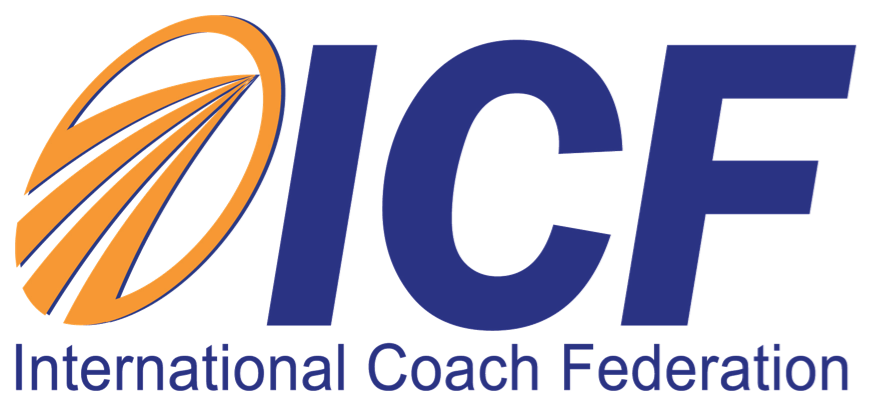Photo credit kdofnf.com
Workplace conflict, even in the most positive workplace cultures, is inevitable: employees working for a company often come together from various backgrounds with different experiences, working styles, and opinions, and conflict can arise even in the simplest of instances (such as managing a project with others who have a different perspective on how to approach each step of the project). Although conflict can be frustrating and seem like something you should avoid at all costs, avoiding it only makes it worse and can increase the tensions and inequalities that may be occurring in your workplace.
Conflict happened at a Denny’s in Orlando, Florida this morning, and it apparently did not go well.
The first step in uncovering workplace conflict is to consider the usual sources and types of conflict, including interpersonal, organizational, and external factors. Here are some of the basic types of conflict, which may be influenced by our core values:
Values conflict: incompatibility in core beliefs such as religion, ethics, or politics
Power conflict: competition in the level of influence each party wishes to attain or maintain in the relationship or decision making process
Economic conflict: competition in attaining monetary or human resources
Interpersonal conflict: incompatibility in needs, goals, or approaches to communication or work styles
Organizational conflict: inequalities in the organizational structure and how employees report to each other
Environmental conflict: external pleasures such as recession that impact the daily work structure
When approaching conflict, even if it is mild, some workplaces will fall into the positivity trap: they approach everything with positivity, thinking that being positive and/or ignoring the deeper tension behind an argument will overcome it. This is the equivalent to putting a bandaid on a massive wound, hoping it will heal all on its own. In reality, it only nurtures feelings of negativity.
Here are some additional tips for navigating and communicating through conflict at work:
- Find a private place to talk to the person you are involved in conflict with: One of the most peaceful ways to go about having a conversation is to do it in private with the possible presence of a mediator if needed. The last thing anyone wants to do is escalate the conflict by bringing private problems into public spaces and getting others’ involved. Private and quiet areas allow for honest communication that can ensure both parties are heard or given the chance to clear up any misunderstandings
- Practice active listening: After both parties are able to meet and begin to speak about their sides of the conflict, it is important that each side gives the other the necessary respect and empathy towards letting out anything they may have on their mind. If there are certain topics that cross one another’s boundaries, communicate that. When both sides are able to articulate their feelings in a cohesive manner and are able to feel heard while doing so, conflict is likely ro resolve
- Brainstorm ways of resolving the conflict that both parties can agree on, or work towards a common goal that both parties can meet in the middle on: After going over and investigating the source of the conflict, discuss the ways in which both sides can achieve the goals they want and brainstorm how they can help one another. Solving conflict and being able to show one another you can work together to achieve a goal demonstrates to both sides that there is no need for future conflict
No matter what, always remember that conflict avoidance is sometimes helpful, but it if involves your values and people who have a role in your life’s purpose, you will find that usually it does require your involvement to get resolved. For this and other types of workplace or relationship conflict, you can keep us on your automatic dial:
www.Centerforworklifecounseling.com
info@centerforworklifecounseling.com
321-758-5161
We will see you there!
The first step in uncovering workplace conflict is to consider the usual sources and types of conflict, including interpersonal, organizational, and external factors. Here are some of the basic types of conflict, which may be influenced by our core values:
Values conflict: incompatibility in core beliefs such as religion, ethics, or politics
Power conflict: competition in the level of influence each party wishes to attain or maintain in the relationship or decision making process
Economic conflict: competition in attaining monetary or human resources
Interpersonal conflict: incompatibility in needs, goals, or approaches to communication or work styles
Organizational conflict: inequalities in the organizational structure and how employees report to each other
Environmental conflict: external pleasures such as recession that impact the daily work structure
When approaching conflict, even if it is mild, some workplaces will fall into the positivity trap: they approach everything with positivity, thinking that being positive and/or ignoring the deeper tension behind an argument will overcome it. This is the equivalent to putting a bandaid on a massive wound, hoping it will heal all on its own. In reality, it only nurtures feelings of negativity.
Here are some additional tips for navigating and communicating through conflict at work:
- Find a private place to talk to the person you are involved in conflict with: One of the most peaceful ways to go about having a conversation is to do it in private with the possible presence of a mediator if needed. The last thing anyone wants to do is escalate the conflict by bringing private problems into public spaces and getting others’ involved. Private and quiet areas allow for honest communication that can ensure both parties are heard or given the chance to clear up any misunderstandings
- Practice active listening: After both parties are able to meet and begin to speak about their sides of the conflict, it is important that each side gives the other the necessary respect and empathy towards letting out anything they may have on their mind. If there are certain topics that cross one another’s boundaries, communicate that. When both sides are able to articulate their feelings in a cohesive manner and are able to feel heard while doing so, conflict is likely ro resolve
- Brainstorm ways of resolving the conflict that both parties can agree on, or work towards a common goal that both parties can meet in the middle on: After going over and investigating the source of the conflict, discuss the ways in which both sides can achieve the goals they want and brainstorm how they can help one another. Solving conflict and being able to show one another you can work together to achieve a goal demonstrates to both sides that there is no need for future conflict
No matter what, always remember that conflict avoidance is sometimes helpful, but it if involves your values and people who have a role in your life’s purpose, you will find that usually it does require your involvement to get resolved. For this and other types of workplace or relationship conflict, you can keep us on your automatic dial:
www.Centerforworklifecounseling.com
info@centerforworklifecounseling.com
321-758-5161
We will see you there!






